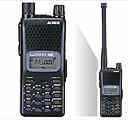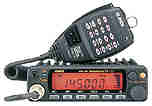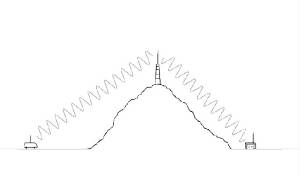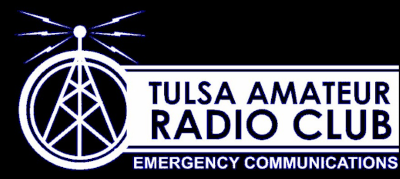| Handheld transceiver (HT): Small, light, portable, but not much power. Some can fit in your pocket. With repeaters they can be quite useful, and they can go on your hike easily.
 Base station transceiver: Permanent station in a building. More power, easier to use, more features. Base station transceiver: Permanent station in a building. More power, easier to use, more features.
 Mobile transceiver: Permanent station in a vehicle. More power. That HT antenna doesn’t work well inside a metal car. Mobile transceiver: Permanent station in a vehicle. More power. That HT antenna doesn’t work well inside a metal car.
 Repeaters: Located on high points (Mountains, tall buildings, satellites) to automatically relay signals. Some have connections to the telephone system. Repeaters: Located on high points (Mountains, tall buildings, satellites) to automatically relay signals. Some have connections to the telephone system.

Which kind of radio is best? It depends on what you want to do. You wouldn’t backpack with a heavy base radio, but that base radio will let you talk farther when you are at home.
|

